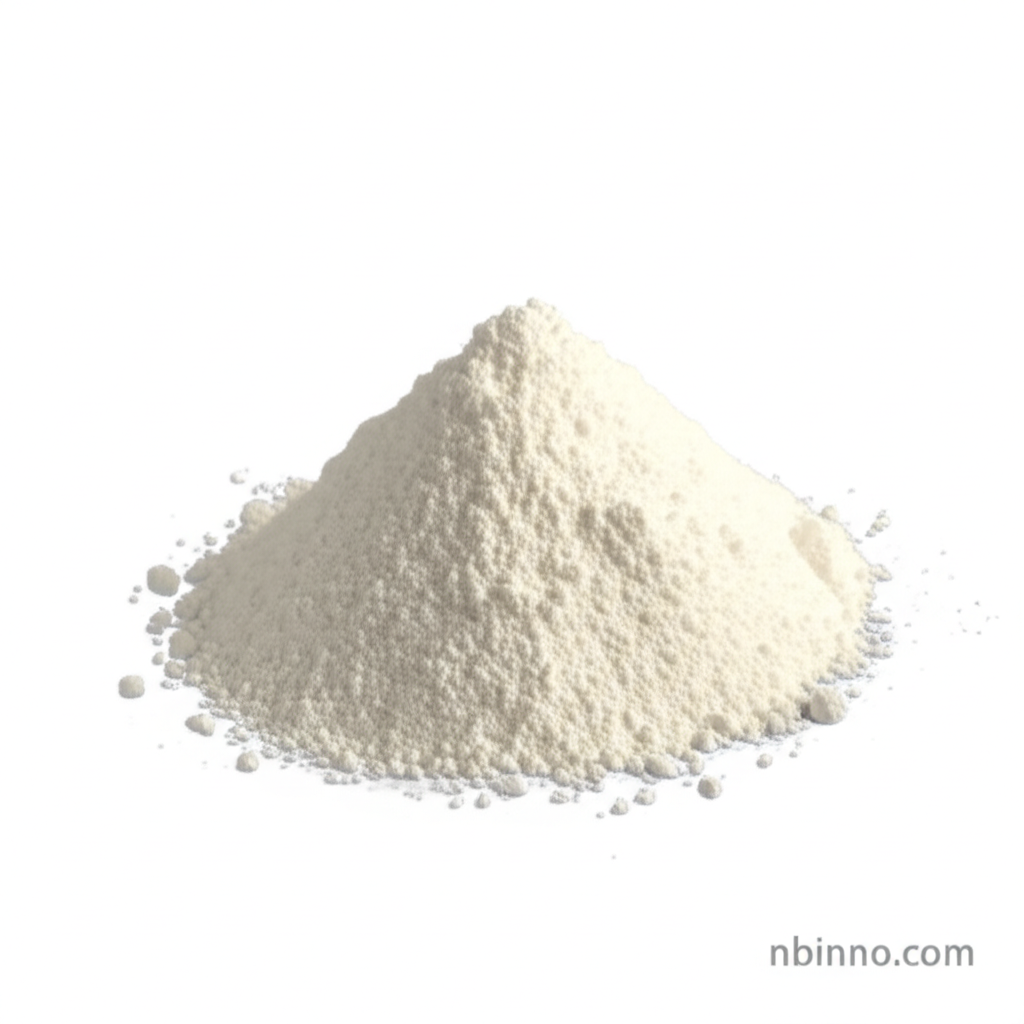2,6-Dipyridin-2-ylpyridine-4-carboxylic Acid: A Versatile Organic Ligand for Advanced Chemical Applications
Explore the extensive research applications of this key terpyridine derivative in metal complexation and material science.
Get a Quote & SampleProduct Core Value

2,6-Dipyridin-2-ylpyridine-4-carboxylic Acid
This organic compound, also known as TPCA, is an essential component in advanced scientific research. Its unique structure as an organic tridentate chelating ligand allows it to readily complex with various metal ions. This capability makes it invaluable for developing sensitive detection methods, creating effective colorimetric sensors, and constructing sophisticated coordination polymers and materials exhibiting ionochromism and luminescence.
- This organic tridentate chelating ligand is crucial for complexing with metals, enabling precise detection and analysis in various scientific studies.
- It serves as a fundamental building block for the synthesis of advanced metal-organic frameworks (MOFs), pushing the boundaries of material science.
- Leverage the luminescence properties of this terpyridine derivative in your research for novel optoelectronic applications and sensors.
- Discover the wide-ranging scientific research applications of TPCA, from biochemistry to medicinal chemistry, making it a versatile tool for chemists.
Key Advantages
Enhanced Metal Complexation
The tridentate chelating nature of this compound significantly enhances its ability to bind with metal ions, leading to stable and well-defined complexes ideal for sensing and catalysis.
Versatile Building Block
As a key building block for metal-organic frameworks (MOFs) and coordination polymers, it allows for the design of novel materials with tailored properties for diverse applications.
Luminescence and Sensing Capabilities
The intrinsic luminescent properties of this terpyridine derivative make it an excellent candidate for developing advanced colorimetric sensors and optoelectronic devices.
Key Applications
Metal Detection
Utilize its strong metal-binding capabilities for accurate and sensitive detection of various metal ions in environmental or biological samples.
Colorimetric Sensors
Develop innovative colorimetric sensors by leveraging the ionochromism resulting from its metal complexes, allowing for visual detection of analytes.
Coordination Polymer Synthesis
Employ this compound as a versatile linker in the construction of porous coordination polymers with potential applications in gas storage and catalysis.
Luminescent Materials
Incorporate this terpyridine derivative into luminescent materials for use in organic light-emitting diodes (OLEDs), probes, and imaging agents.
